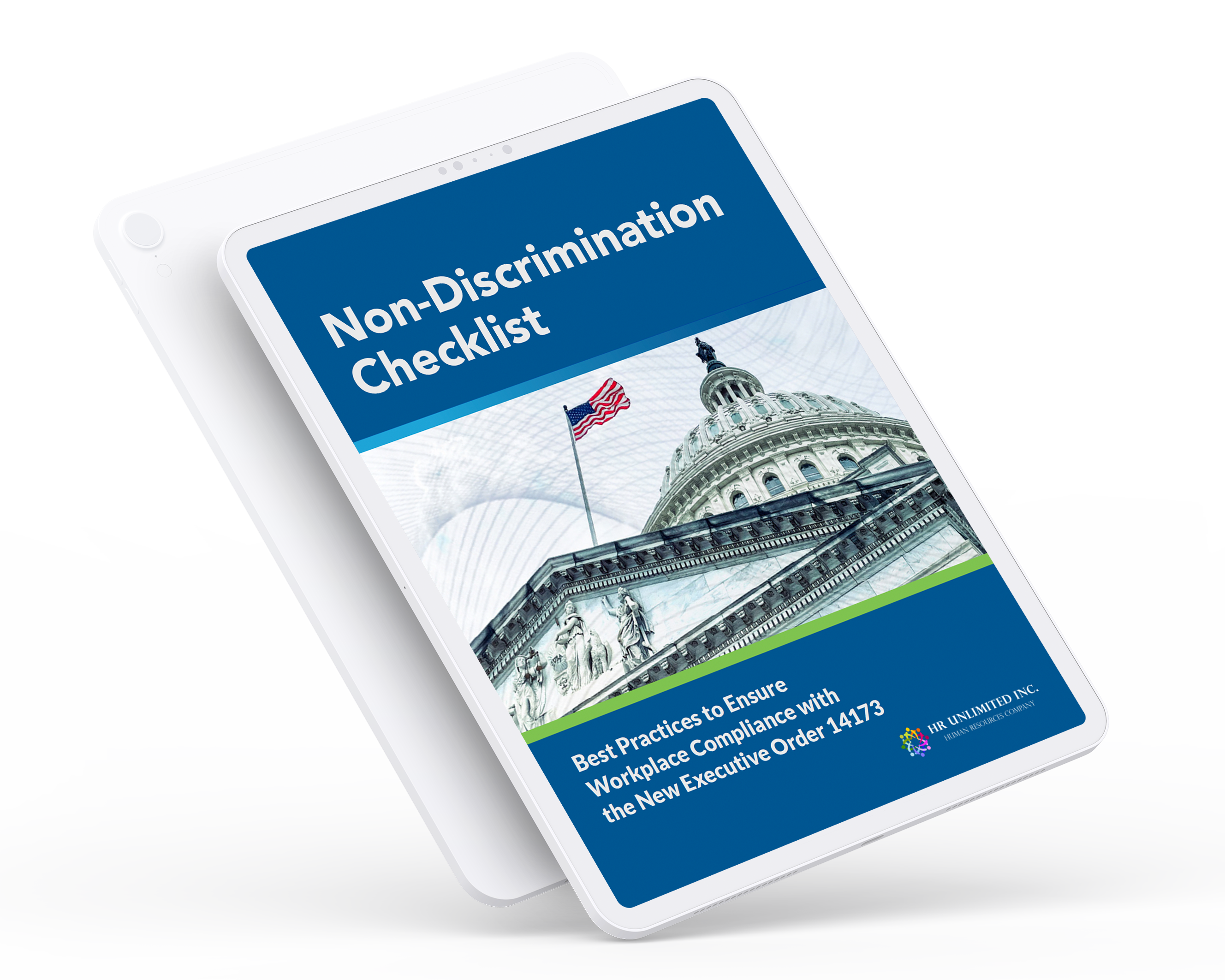

As of March 16, there are more than 168,000 confirmed cases of the disease known as the Coronavirus around the globe.
The Coronavirus, or COVID-19, is believed to have originated in China and has since spread to numerous countries throughout the world, including Italy, Iran, Spain and France. More than 6,600 people have died from the disease and the World Health Organization has declared the outbreak a pandemic.
There are currently more than 1600 confirmed cases of the Coronavirus in the United States, according to the WHO. As a result President Donald Trump has declared a national emergency.
According to the Centers for Disease Control, COVID-19 can be transmitted between people who are in close contact with one another and through respiratory droplets produced when an infected person coughs or sneezes. For this reason public health officials have recommended social distancing, which means remaining out of congregate settings, avoiding mass gatherings and maintaining distance from others when possible.
Now schools in many states have closed and businesses are shutting their doors to prevent further infections. Under the advice of the CDC, many employees now find themselves working remotely and employers are struggling to keep their operations running smoothly despite the change.
“Explore whether you can establish policies and practices, such as flexible worksites (e.g., telecommuting) and flexible work hours (e.g., staggered shifts), to increase the physical distance among employees and between employees and others if state and local health authorities recommend the use of social distancing strategies,” the CDC says in it’s guidance on the Coronavirus. “For employees who are able to telework, supervisors should encourage employees to telework instead of coming into the workplace until symptoms are completely resolved. Ensure that you have the information technology and infrastructure needed to support multiple employees who may be able to work from home.”
In line with the CDC’s guidance, on March 12, the U.S. Department of Labor issued workplace guidelines for the Coronavirus outbreak. Here’s what employers need to know about remote work and how to ensure they are in compliance with federal labor laws:
Equal Employment Opportunity
According to the DOL employers may offer alternative work arrangements like telecommuting to be accommodating and flexible with workers impacted by government-imposed quarantines. Employers may also offer telecommuting as a reasonable accommodation.
“An employer may encourage or require employees to telework as an infection control or prevention strategy,” the DOL says. “In doing so, employers must not single out employees in violation of any Equal Employment Opportunity (“EEO”) laws.”
Fair Labor Standards Act
Under the Fair Labor Standards Act employers must pay employees for the hours they actually work, whether at home or at the employer’s office.
“If teleworking is not being provided to an employee pursuant to a contractual requirement or as part of a reasonable accommodation, the employer must pay the employee for the hours actually worked and at least at the minimum wage for regular hours worked and at least time and half the regular pay for hours worked in excess of 40 hours in a workweek,” the DOL says.
Additionally, according to the FLSA, the cost of working from home cannot unnecessarily burden employees.
“If an employee is required to work from home, an employer may not require an employee to pay for or reimburse the company for business expenses of the employer where doing so reduces the employee’s earnings below the required minimum wage and overtime compensation,” the DOL says.
Tracking Time
According to the DOL, employers should work with their employees to establish hours of work for remote work and a mechanism for recording each employee’s hours of work.
“Employers would still be required to maintain an accurate record of hours worked for all employees, including those participating in telework or other flexible work arrangements; and to pay no less than the minimum wage for all hours worked and to pay at least one and one-half times the employee’s regular rate of pay for all hours worked over 40 in a workweek to non-exempt employees,” the DOL says.
Whether you have questions about Compliance or Affirmative Actions, would like to find out more about our webinars, or would like to request a proposal, we will be happy to promptly respond to your inquiry.





